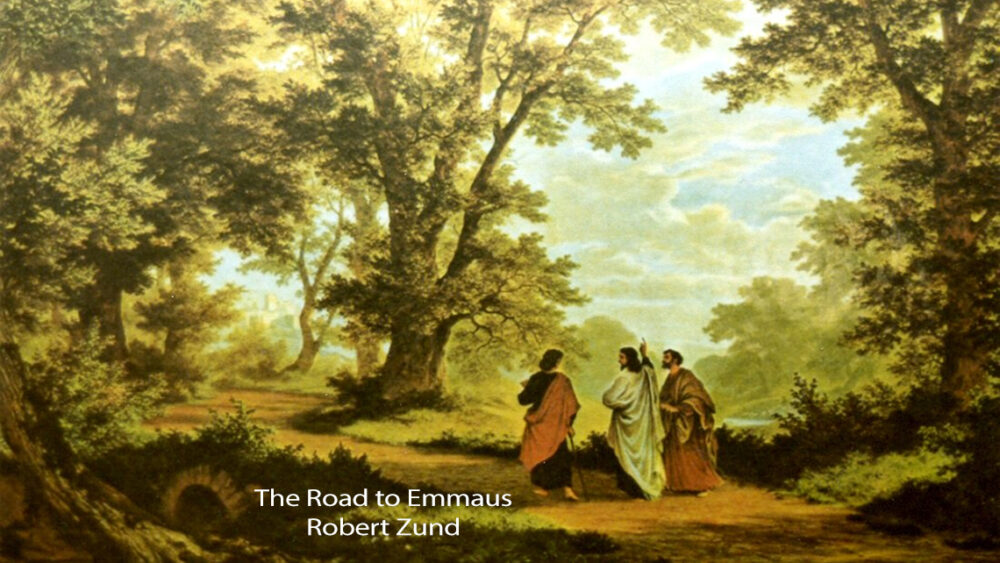Since it is Sunday, at dawn they assemble for the liturgy in the major church built by Constantine and located on Golgotha behind the Cross [in Jerusalem]; and whatever is done all over customarily on Sundays is done here. Indeed it is the practice here that as many of the priests who are present and are so inclined may preach; and last of all, the bishop preaches. Because of the sermons that are preached, there is a great delay in giving the dismissal from the church; therefore, the dismissal is not given before the fourth or fifth hour [10-11am].
However, once the dismissal from the church has been given in the manner which is followed everywhere, then the monks, singing hymns, lead the bishop to the Anastasis [church of the Resurrection]. When the bishop, to the accompaniment of hymns, approaches, all the doors of the basilica of the Anastasis are opened, and all the people enter, the faithful, that is, but not the catechumens. Once the people have entered, then the bishop enters and proceeds immediately to within the railings of the
grotto shrine. First, they give thanks to God, and so the sacrifice is offered; and then a prayer is said for everyone. Afterwards, the deacon cries out that all should bow their heads, wherever they are standing, and then the bishop, standing within the inner railings, blesses them; afterwards, he goes out. As the bishop is leaving, all come forth to kiss his hand. And so it is that the dismissal is delayed until as late as the fifth or sixth hour [11am-noon]. Later at vespers everything is done exactly according to the daily ritual.Egeria, Abbess and Pilgrim to Jerusalem, Pilgrimage 25
Mark 4:9
"Anyone with ears to hear should listen and understand."
